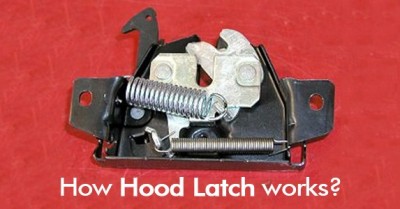How to differentiate between steel sheets and steel plates

Steel plate, often known as structural steel, is a simple steel sheet material that may be sliced and welded to create a much more complex product. It is formed by compression of numerous steel surfaces into one and creating a steel plate. To reinforce bases and support massive weight components such as bridges, steel plates are frequently utilized in the construction industry. However, it can be used as a foundation for the creation of bigger substances. Metallic material that is molded into thinner, flattened slabs is known as steel sheet.
Thickness
.jpg)
Plates have a thickness of 0.25 inches or more, whereas sheets have a thickness of 0.006 inches or more, but less than 0.25 inches. A covering with a thickness of fewer than 0.006 inches is at the severe end of this spectrum.
Measurement
.jpg)
Steel Plate: Steel with a thickness of 3/16′′ or more and a width of more than 10′′.
Steel Sheet: Metal with a thickness of less than 3/16′′ and a width of 24′′ or more.
Formation
.jpg)
Aluminum is pushed among rolls under tremendous pressure, making it thinner and harder in the way it travels. The level of pressure exerted determines which of the three shapes corresponds to the resulting quantity of aluminum. This rolling process may be done indefinitely to shape and scale metal into a suitable shape and scale. When we get the desired aluminum gauge or thickness, we stop the rolling process. The rolling process begins with slabs of metal that are exceptionally long and broad, with a thickness of more than 2 feet. A separation machine pulls this mold back and forth in order to reduce its strength to a few cm. More spinning is necessary to make me.
Uses and Types
.jpg)
> "Plate" refers to pieces thicker than a quarter of an inch. Sheet metal is used in the construction of countless daily products. A few examples of metals that may be produced into sheet metal include: aluminum, brass, copper, cold-rolled steel, mild steel, tin, nickel, and titanium It is used in automobile bodywork, aviation flaps, hospital tables, roofing, and a variety of other purposes.
> There are many sorts of plates, such as stainless steel and high-carbon steel plate. Some varieties of plate steel are utilized in the construction of structures, whereas others are used to create daily goods, such as wood furnaces, and not so household objects, like marine structures. Steel plate is also known as flat steel.
These are some other uses :

Panels for cars and trucks
Panels for a freight truck
A train of railroad cars
Refrigerators and Freezers
Tanks for storing materials
Garbage and recycling bins
The use of lockers and tool chests
Protective devices for electric systems
Planes and Hoppers
Conclusion:
There are two terms that define metals based on their thickness: plate and sheet. The thickness of sheet metal is less than 3 centimeters, but the thickness of plate metal is much more. Plate, sheet, foil, and other classifications might cause confusion in the minds because their distinctions are literally pointed out here. When we encounter the phrases plate and sheet, it's usually in the context of aluminum.





















Comments (0)